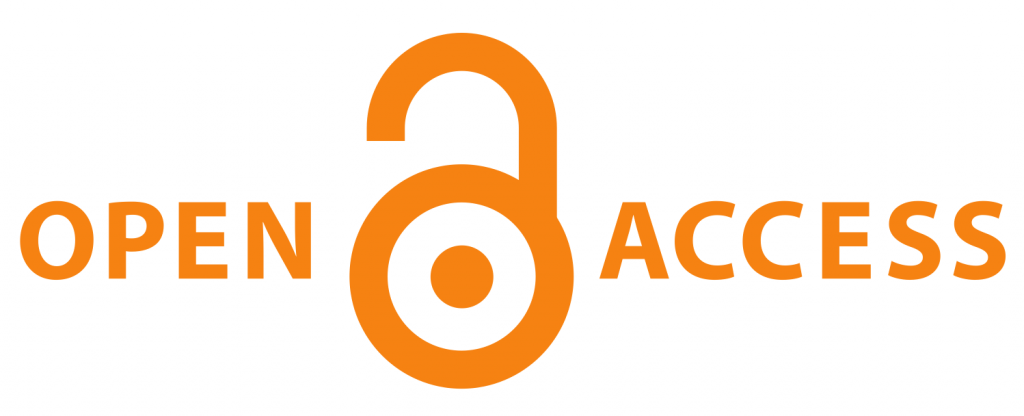Harnessing Youth Energy for Unity in Kenya
A Study into the Role of Secondary Education in the Fostering of National Cohesion in Kenya
Keywords:
Secondary education, curriculum, National Cohesion
Abstract
The development of a national feeling in Kenya which overrides ethnic loyalties rests in bringing about much more conscious unity training through secondary school education system than is practised at present. Past efforts such as common language, examination and co-curricular activities have been used with little success. The study used descriptive survey design in which the existing situation in secondary schools was explored in so far as unity is concerned. The study targeted secondary schools in Uasin Gishu County and the respondents included the school heads, teachers, students and educational officials. Simple random sampling was used to select the respondents to be included in the sample, and questionnaires and interview schedules were used to collect data from 11 schools randomly selected from the 48 public secondary schools in the district. Three pilot schools were used to test the validity (0.86) and reliability (0.321) of the instruments. The collected data was examined using descriptive statistical techniques. The research findings indicated that secondary education foster national unity to some degree but more is needed. The research is intended to provide a guide to educators and policymakers in formulating sound philosophy to guide curriculum and other policies that promote the development of cohesive virtues amongst the learners. Teaching and learning activities should be purposefully directed towards the promotion of unity among the learners of different ethnic communities.Article Views and Downloands Counter
Download data is not yet available.
References
Cohen, L., Manion L. & Morrison, K. (2006). Research method in education, 3rd ed. London: Rout ledge. https://islmblogblog.files.wordpress.com/2016/05/rme-edu-helpline-blogspot-com.pdf
Giovannini, E. (2015). The role of science, technology and innovation in sustainable development. Brussels. http://ec.europa.eu/programmes
Haan, H. C. (2016). Training for work in the formal sector. Fresh evidence from Sub-Saharan Africa. Netherlands: Springer.
Ivankova, N. (2018). Theory and practice of using mixed methods in research. International Journal of Multiple Research Approach. Washington.
Kenya Human Rights Commission. (2011). The outlawed amongst us. Nairobi: www.khrc.or.ke/mobile publications
Kothari, C. R. (2008). Research methodology, methods and techniques. New Delhi: New Age international.
Lee, M. (2017). Community cohesion and violent predatory victimisation. Social forces. Paris. 79, 212-31.
Mwiria, K. (2005). vocationalisation of secondary education, ed. Maclean, 227-308. Dordrecht. Netherlands: Springer.
Republic of Kenya (ROK). (1964). Kenya education commission. Ominde Report part II and 1. Nairobi: Government printers.
Republic of Kenya (2005) Master plan on education and training (MPET): The Koech Report. Nairobi: Jomo Kenyatta Foundation. 1999. Sessional papers Nos 10 of 1965, 6 of 1988 and 1 of 2005
United Nations Development Programme. (2018). Africa economic outlook, 2018 special theme. Botswana. http://www.afribiz.info.
Giovannini, E. (2015). The role of science, technology and innovation in sustainable development. Brussels. http://ec.europa.eu/programmes
Haan, H. C. (2016). Training for work in the formal sector. Fresh evidence from Sub-Saharan Africa. Netherlands: Springer.
Ivankova, N. (2018). Theory and practice of using mixed methods in research. International Journal of Multiple Research Approach. Washington.
Kenya Human Rights Commission. (2011). The outlawed amongst us. Nairobi: www.khrc.or.ke/mobile publications
Kothari, C. R. (2008). Research methodology, methods and techniques. New Delhi: New Age international.
Lee, M. (2017). Community cohesion and violent predatory victimisation. Social forces. Paris. 79, 212-31.
Mwiria, K. (2005). vocationalisation of secondary education, ed. Maclean, 227-308. Dordrecht. Netherlands: Springer.
Republic of Kenya (ROK). (1964). Kenya education commission. Ominde Report part II and 1. Nairobi: Government printers.
Republic of Kenya (2005) Master plan on education and training (MPET): The Koech Report. Nairobi: Jomo Kenyatta Foundation. 1999. Sessional papers Nos 10 of 1965, 6 of 1988 and 1 of 2005
United Nations Development Programme. (2018). Africa economic outlook, 2018 special theme. Botswana. http://www.afribiz.info.
Published
2019-10-26
How to Cite
Maritim, B. (2019). Harnessing Youth Energy for Unity in Kenya. Africa Journal of Technical and Vocational Education and Training, 4(1), 185-196. Retrieved from https://afritvet.org/index.php/Afritvet/article/view/93
Section
CROSS CUTTING INTERDISCIPLINARY THEMES ON SUSTAINABILITY
Copyright (c) 2019 Africa Journal of Technical and Vocational Education and Training

This work is licensed under a Creative Commons Attribution-NonCommercial-ShareAlike 4.0 International License.
Copyright Notice Copyright of published articles is held by AfriTVET. No limitation will be placed on the personal freedom of authors to copy or to use in subsequent work, material contained in their papers. Please contact the Publisher for clarification if you are unsure of the use of copyright material. Apart from fair dealing for the purposes of research and private study, or criticism and or review, this publication may only be reproduced, stored or transmitted, in any form or by any means, with the prior permission in writing of the Publishers.


